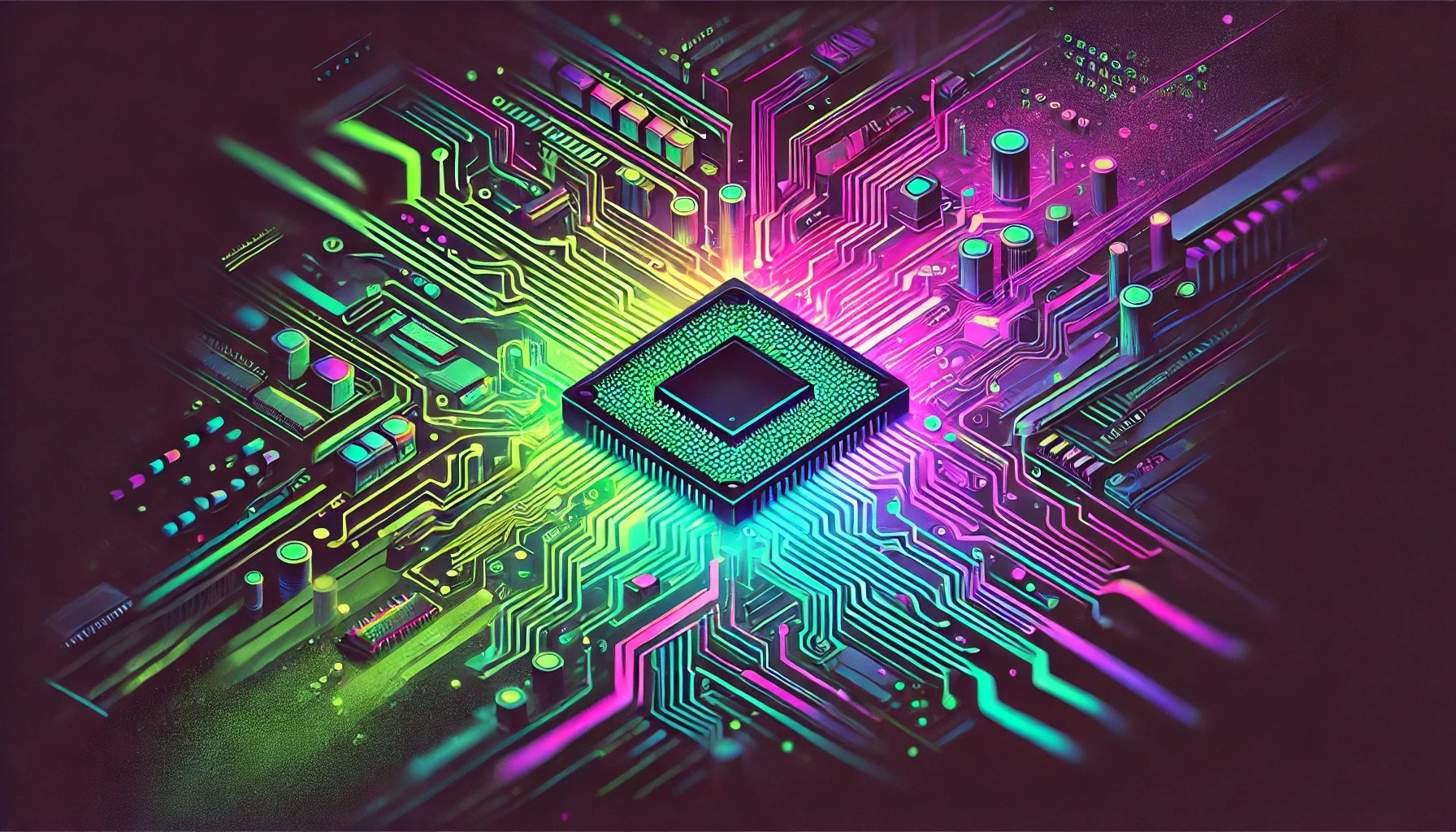Understanding 'Weights not compatible with provided shape' Error
- This error occurs when TensorFlow is unable to match the shape of the weights in a model to the expected shape of the model layers. It disrupts the training or prediction process, often surfacing during the initialization of model weights or loading saved weights.
- The error signifies a misalignment between the shape of the provided weights and the expected input, output, or intermediate tensor shapes. This mismatch can result in TensorFlow throwing an error because it expects each layer’s weight to fit precisely within the model’s architecture defined during training or inference.
Implications of the Error
- When encountered, this error halts the execution of the current task, whether it is training, evaluation, or prediction. Consequently, no progress can be made until the shape discrepancy is resolved.
- It indicates incorrect assumptions about model architecture, which might lead developers to revisit their model design, potentially reflecting deeper issues in the model's layer definitions or its training phase.
Example Scenario
- Consider a scenario where a Sequential model in TensorFlow has a mismatch between saved weights and the current architecture:
import tensorflow as tf
# Define a simple model
model = tf.keras.Sequential([
tf.keras.layers.Dense(5, input_shape=(10,)),
tf.keras.layers.Dense(2)
])
# Suppose the saved_weights.h5 contains weights for a different architecture
model.load_weights('saved_weights.h5') # This will raise the error
- In this example, loading `saved_weights.h5` fails because the architecture for which the weights were originally saved doesn’t match the current model structure.
Conceptual Understanding
- The core issue lies in how neural network layers are interconnected and the specific dimensional requirements for these interconnections. Each layer in a neural network expects input tensors of a particular dimensionality and in turn yields outputs of established shapes that subsequent layers rely on.
- TensorFlow models are highly sensitive to data and weight shape, which is integral to the flexibility and performance of deep learning architectures. Ensuring shape compatibility is essential to leverage the full potential of such models.


























